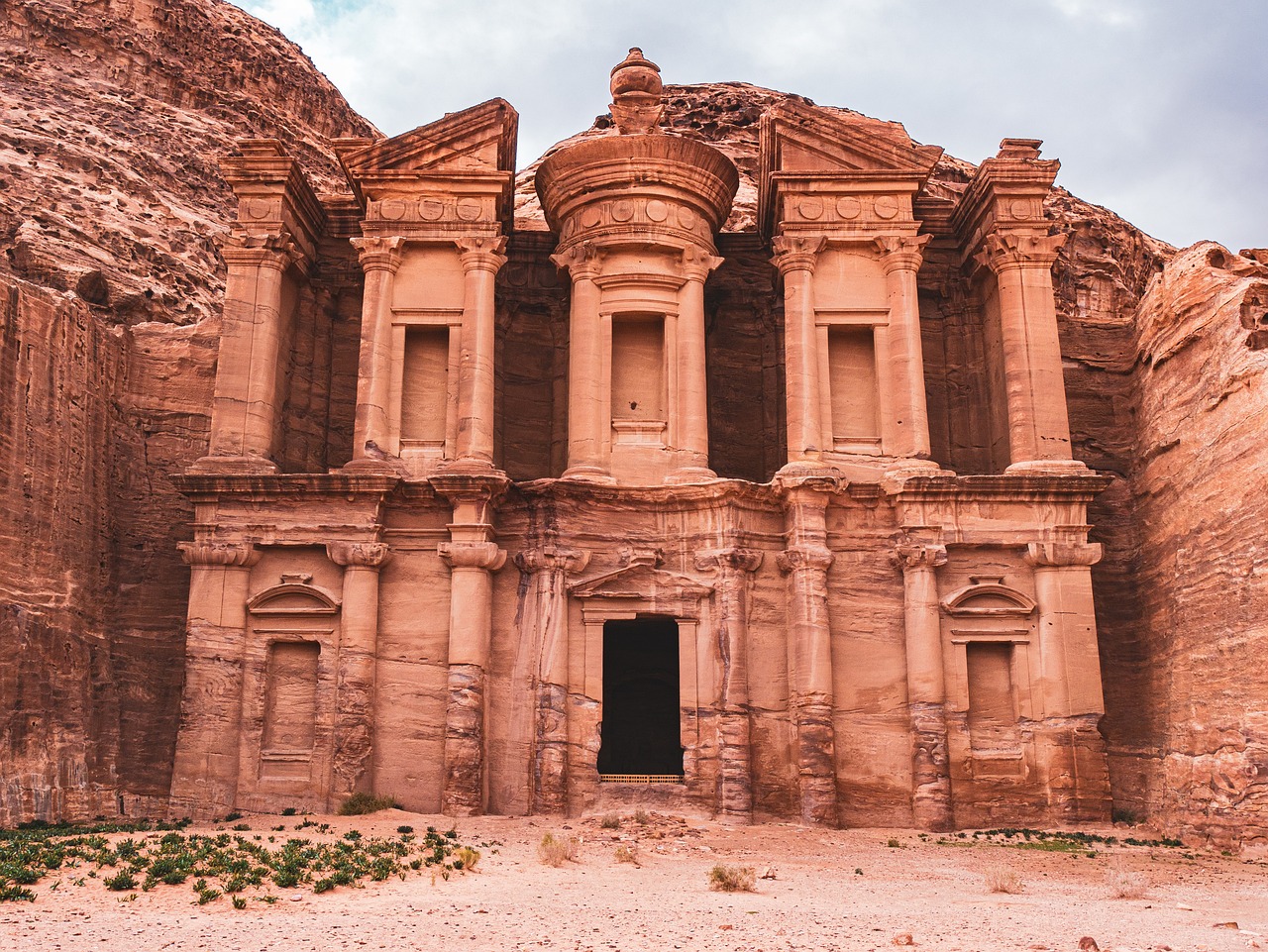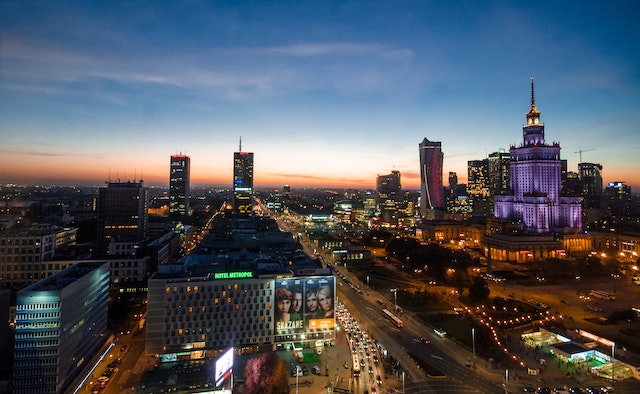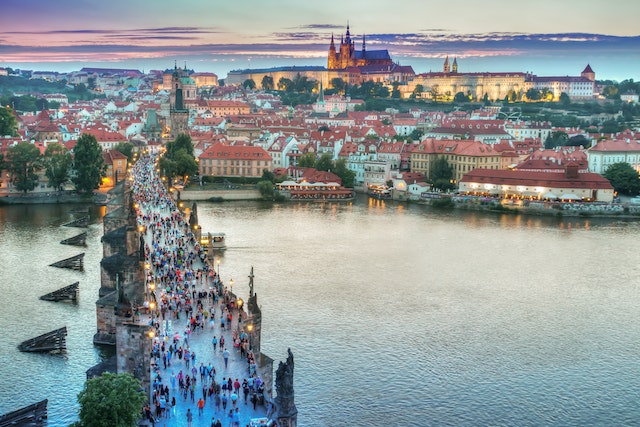The ancient city of Petra in Jordan, nestled in the desert, mesmerizes with its archaeological marvels. Known as the “Rose City,” Petra showcases the brilliance of the Nabateans. Carved into vibrant cliffs, it’s a UNESCO World Heritage Site and a captivating historical treasure. Let’s embark on a journey to unveil its secrets.
History and Origins
Petra’s roots trace back to 312 BC when it became the Nabatean Kingdom’s capital. Skilled merchants, the Nabateans controlled lucrative trade routes connecting the Arabian Peninsula, Egypt, and the Levant. They invested their wealth in constructing a city to display their power and sophistication.
The Architecture of Petra
Petra’s unique architecture blends natural rock formations with man-made structures. The iconic Treasury, adorned with intricate carvings and towering columns, served as a king’s tomb. Its grandeur is best witnessed when the sun casts golden rays, creating a magical spectacle.
Beyond the Treasury, Petra showcases rock-cut tombs, temples, and dwellings. The Nabateans’ engineering genius transformed sandstone cliffs into awe-inspiring structures. The Royal Tombs, Monastery (Ad-Deir), and Great Temple are among Petra’s remarkable wonders.
Life in Petra
With a population of up to 30,000, Petra thrived as a trading hub. The Nabateans’ intricate water management system sustained a prosperous community in the desert. They built channels, dams, and cisterns to capture rainfall, ensuring a reliable water supply.
The Trade Hub of the Ancient World
Positioned at major trade crossroads, Petra flourished as a center for commerce and cultural exchange. The Nabateans traded with the Greeks, Romans, Egyptians, and Arabian tribes. Goods like spices, incense, silk, and precious stones enriched the city, fostering cultural diversity and influencing the Nabatean civilization.
Rediscovery and Preservation
Hidden from the Western world, Petra was introduced by explorer Johann Ludwig Burckhardt in 1812. Since then, it has captivated travelers, explorers, and archaeologists. Preservation efforts, including excavation projects and sustainable tourism practices, protect Petra’s historical significance.
Exploring Petra Today
Petra remains a must-visit destination, offering a glimpse into the ancient world. Visitors traverse the narrow Siq, a natural gorge, to reach the heart of the city. The breathtaking sight of the Treasury sets the stage for a remarkable exploration of Petra’s wonders.
The Treasury is the highlight of Petra, but there’s more to discover. Explore the Street of Facades, the Theater, and the Colonnaded Street, gaining insights into Nabatean daily life. The Royal Tombs, with their ornate carvings and burial chambers, offer a glimpse into Nabatean royalty’s opulence. Venture further and hike up to the Monastery for a panoramic view of the desert landscape.
Petra at Night
To experience something truly enchanting, witness Petra at night. On select evenings, thousands of candles illuminate the Treasury, casting an ethereal glow. The flickering lights, along with traditional music, create a magical atmosphere, transporting visitors back in time and adding mystique to the captivating site.
Unveiling the Secrets
Petra holds many secrets waiting to be unveiled. Ongoing archaeological research sheds light on the daily life, customs, and beliefs of the Nabateans. Deciphering intricate inscriptions and rock art may provide further insights into Petra’s ancient inhabitants.
Petra is a testament to human resilience and creativity. Its awe-inspiring architecture, rich history, and natural beauty make it a must-visit destination. Exploring Petra’s secrets deepens our understanding of the past and leaves us in awe of the remarkable achievements of long-gone civilizations.









